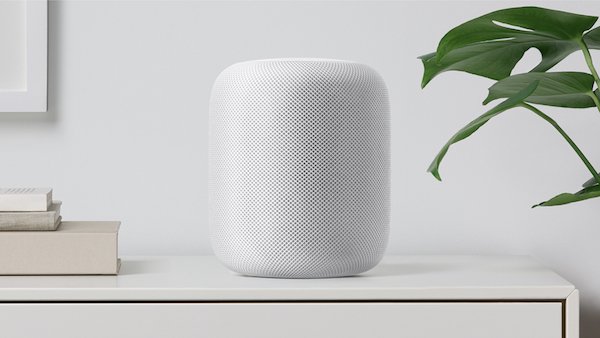Apple announced HomePod, a $349 smart speaker, at WWDC 2017. A new firmware, iOS 9.9.11.0.2 for AudioAccessory1,1, pushed out for HomePod has been explored by developer Steve Troughton-Smith to reveal more details on the inner workings of Apple’s new speaker. These details are not of interest to the average consumer, but cater more to enthusiasts.  The firmware reveals that HomePod runs a full version of iOS. Think of it as an iPhone without a screen, and of course, all other hardware modules not needed for HomePod. There is a shell app called SoundBoard that integrates with the hardware. The app named are prefixed with ‘Air’, however, there is no provision to install new apps. The firmware also points to Accessibility features like VoiceOver, which are available in iOS and macOS too. Steve also shared a screenshot which reveals that the volume buttons support different actions based on context. For example, when no content is playing, a long press of the volume button launches Siri. If the alarm is ringing, press any of the volume buttons dismisses the alarm. The HomePod also contains an LED matrix display (not an LED display) which shows the Siri animation and might show the volume indicator too.
The firmware reveals that HomePod runs a full version of iOS. Think of it as an iPhone without a screen, and of course, all other hardware modules not needed for HomePod. There is a shell app called SoundBoard that integrates with the hardware. The app named are prefixed with ‘Air’, however, there is no provision to install new apps. The firmware also points to Accessibility features like VoiceOver, which are available in iOS and macOS too. Steve also shared a screenshot which reveals that the volume buttons support different actions based on context. For example, when no content is playing, a long press of the volume button launches Siri. If the alarm is ringing, press any of the volume buttons dismisses the alarm. The HomePod also contains an LED matrix display (not an LED display) which shows the Siri animation and might show the volume indicator too.
Looks like the 'shell' app on HomePod is called SoundBoard. It runs a full iOS stack, unsurprisingly. Its apps are prefixed with 'Air' pic.twitter.com/IPFF0vV3UT
— Steve Troughton-Smith (@stroughtonsmith) July 28, 2017
HomePod contains Apple’s A9 processor, which has also been used in iPhone, iPad and AppleTV. This gives it the smarts to support Siri, AirPlay 2*, Apple Music and control HomeKit. Users can ask common questions about music, weather, news or sports or tell HomePod to control different HomeKit devices throughout the home. If the HomeKit device is setup and works with your iOS device, it will work with HomePod.
The speaker also has an interesting setup that audiophiles would love. A high-excursion woofer, six-microphone array and seven-tweeter array round up the package. The microphones give the HomePod spatial awareness – it senses the room/walls and environment around it to give the best audio output possible. Early impressions by WWDC visitors have been nothing but positive with some people claiming that it sounds better than higher priced speaker systems.
This is not Apple’s first foray into the speaker market. The company released iPod Hi-Fi, a 6.6 kg speaker, in February, 2006. The Hi-Fi was priced at $350 at that time and worked as an iPod Dock via a 30-pin connector. It never sold well due to its price as it was more expensive than alternatives in that era, and was discontinued in September, 2007.
*AirPlay 2 will be supported in iOS 11, macOS High Sierra and tvOS 11.
2 comments